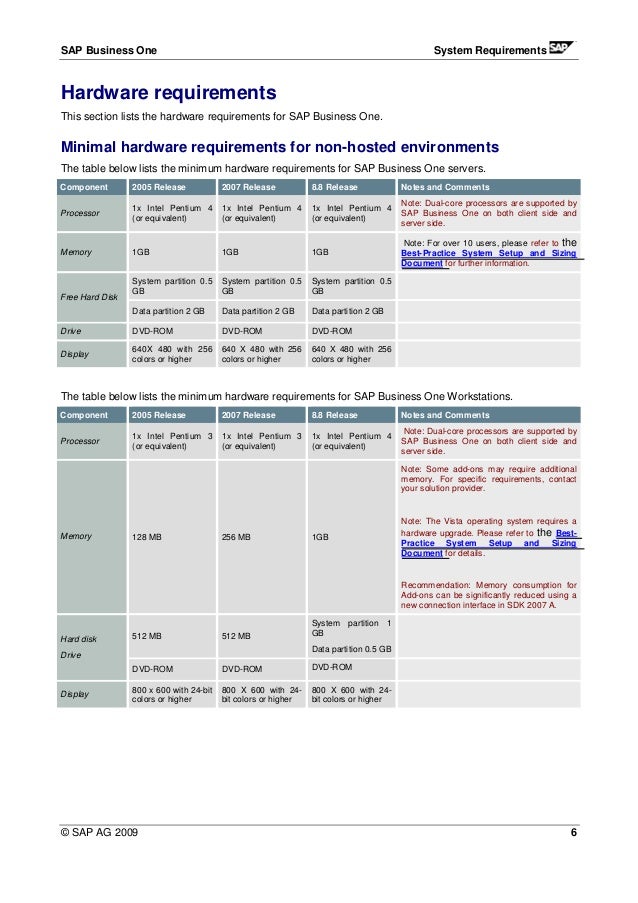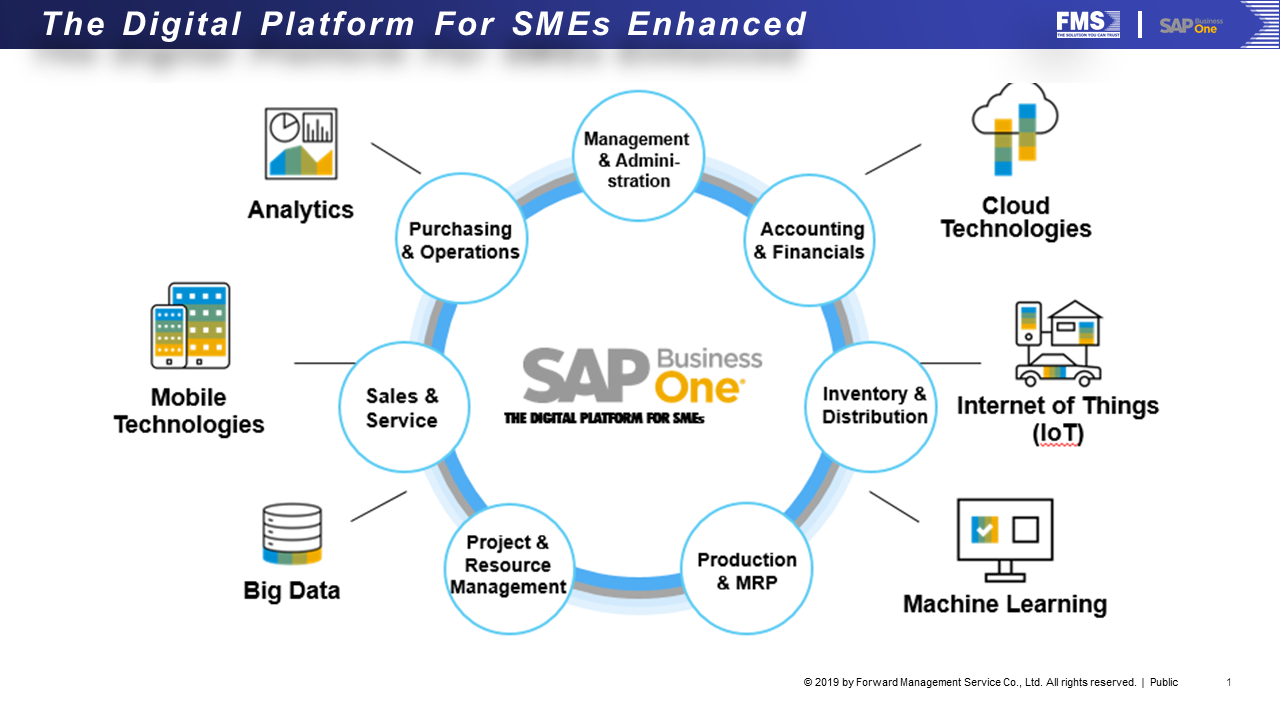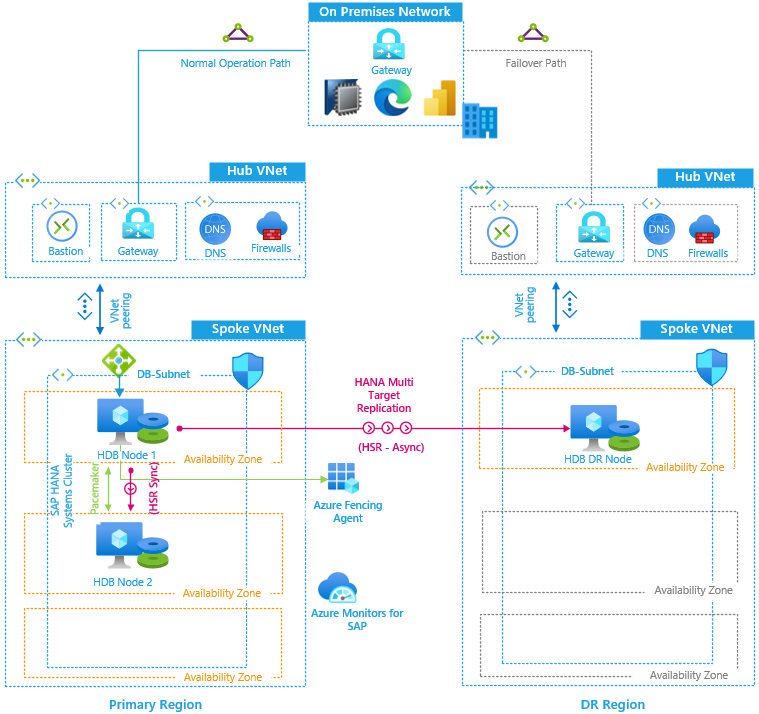

- #SAP BUSINESS ONE HANA HARDWARE REQUIREMENTS HOW TO#
- #SAP BUSINESS ONE HANA HARDWARE REQUIREMENTS FULL#
- #SAP BUSINESS ONE HANA HARDWARE REQUIREMENTS SOFTWARE#
This section provides information about how to interpret Quick Sizer results for CPU, disk, disk I/O, and memory requirements.
#SAP BUSINESS ONE HANA HARDWARE REQUIREMENTS SOFTWARE#
#SAP BUSINESS ONE HANA HARDWARE REQUIREMENTS FULL#
For a full list of PowerEdge R840 and R740/R740xd systems with extrapolated SAPS values, see Appendix: SAPS values for PowerEdge R840 and R740/R740xd. The following table provides details of certified SAPS values for PowerEdge servers. You can calculate server sizing and storage capacity requirements by using the output from SAP Quick Sizer projects and for the R840 or R740/R740xd PowerEdge server model by using the SAPS values. Calculations are for all platinum, gold, silver, and bronze processors available in the R840 and R740/R740xd PowerEdge server range. Dell EMC performed internal testing with Standard Performance Evaluation Corporation (SPECint) benchmarks to extrapolate and determine values for SAPS and SAPS per core. The certifications are based on high-performance Intel Xeon Platinum 8180 processors. The design approach for this Ready Solution uses the published SAPS values for the PowerEdge R840 and R740/R740xd servers based on official SAP SD Standard Application Benchmark Results. Database SAPS are more relevant for sizing your storage requirements. SAPS is divided into requirements for the database layer (database SAPS) and application layer (application SAPS).

This throughput is achieved by processing 2,400 SAPS transactions, 6,000 dialog steps (screen changes), or 2,000 postings per hour in the SD benchmark. In the SD benchmark, fully business-processed means the full business process of an order line item, as follows: It is derived from the SD benchmark, where 100 SAPS is defined as 2,000 fully business-processed order line items per hour. SAPS is a hardware-independent unit of measure that describes the performance of a system configuration in the SAP environment. For more information about SAPS sizing, see the Quick Sizer documentation on the SAP Service Marketplace (access requires login credentials). Hardware vendors provide their SAPS for a particular server configuration by running SAP Benchmark tests and posting the results on the SAP website. Quick Sizer presents the results in SAPS. Business assumptions such as the number of order line items per year must be cross-checked against individual installations.

The Quick Sizer tool is available in two versions. SAP Quick Sizer is a web-based tool that calculates hardware requirements.


 0 kommentar(er)
0 kommentar(er)
